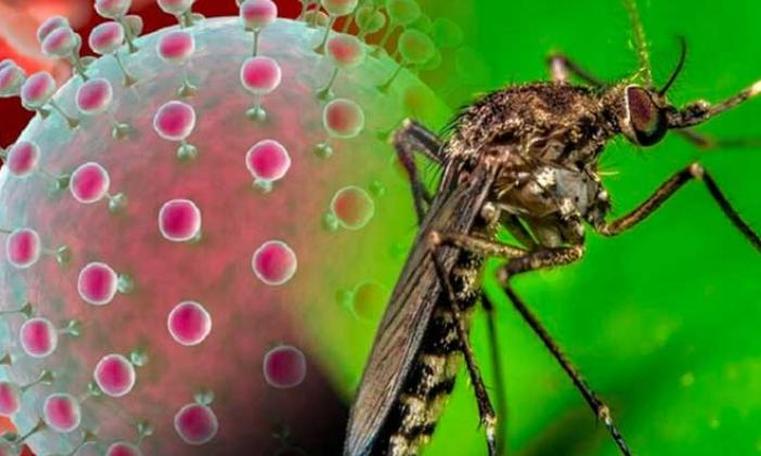
Havana, Nov 17 (ACN) — Authorities from Cuba’s Ministry of Public Health (Minsap) stressed on Monday the importance of preventive action in communities to address the effects of arboviral diseases, noting that this is the only way to mitigate their impact.
In a press conference, Health Deputy Minister Carilda Peña García stressd the need to keep up control measures since all Cuban provinces are experiencing endemic transmission of the epidemic, except for the special municipality Isla de la Juventud, which is currently on alert.
Peña García noted just this past week, there was a 2.5 percent (%) increase in the number of patients reported with fever symptoms compared to the previous week. She explained this rise is due to screening efforts carried out in the eastern provinces, which have identified suspected or confirmed cases of arboviral diseases.
The Deputy Minister explained that most people with fever are placed under home observation, while—according to ministry estimates-- around 9% are in hospitals due to certain risk conditions that may complicate the course of the disease.
She stated that there is a high circulation of Chikungunya in different regions of the country. In many cases, transmission persists because sick individuals do not seek medical care and therefore are not reported.
She detailed that 13 provinces have a high concentration of dengue cases, with serotype 4 being predominant. Villa Clara, Havana, Sancti Spíritus, Las Tunas, and Artemisa are the territories with the highest incidence rates of suspected cases, above the national average.
She also reported that no cases—suspected or confirmed—of Oropouche fever were detected in the country during the past week.
The health official highlighted that the provinces of Matanzas, Cienfuegos, Havana, Pinar del Río, and Guantánamo present the most complex epidemiological situations.
She also underscored the importance of strengthening the anti-mosquito campaign, given that mosquitoes act as vectors of these diseases. She noted that each municipality has a hygiene and vector control office responsible for overseeing all response activities at the local level.
Meanwhile, Yamirka Montesinos Felipe, head of the National Group of Pediatric Intensive and Emergency Medicine, explained that when it comes to arboviral diseases, the primary at-risk group is children under one year of age—especially those under three months—because they are more prone to complications. Children and adolescents with conditions that weaken their ability to fight infection are also under close monitoring.
Montesinos Felipe stressed that clinical manifestations in pediatric patients include sudden fever lasting 48 to 72 hours, skin lesions, joint pain, and other symptoms. She emphasized the necessity of seeking medical attention immediately to avoid potential complications.
Dayana Couto Núñez, president of the Cuban Society of Gynecology and Obstetrics, highlighted that no pregnant women in the country have died from these diseases, thanks to the special attention this high-risk population receives within the healthcare system.
She added that in a year dedicated to maternal health, the country is implementing a strategy to provide care to all pregnant women showing viral symptoms, emphasizing that early medical attention is essential to reduce complications in this vulnerable group.
She also reported that pregnant women suspected or confirmed to have a viral illness are required to be hospitalized as a control measure.
The Minsap representatives emphasized that the best preventive measure is to eliminate the mosquito vector through self-inspection and sanitation efforts in every home and neighborhood.
lc
Sidebar

 Agencia Cubana de Noticias
Líder en información nacional
Agencia Cubana de Noticias
Líder en información nacional








Nos reservamos el derecho de no publicar los comentario que incumplan con las normas de este sitio